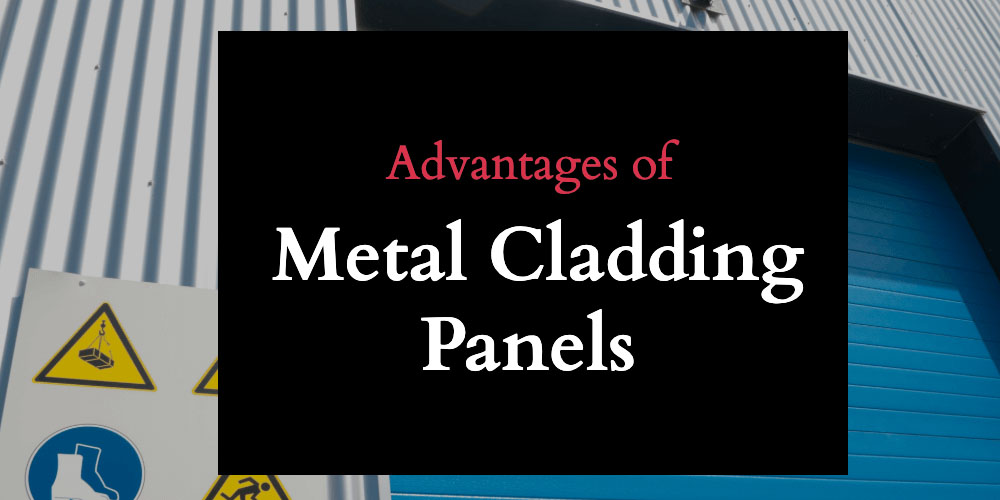Cladding is the process of applying one material over another to provide a hardened or added layer. A metal cladding system is a protective coating or layer where protective materials are bonded to a substrate by applying heat or pressure. The system is used as a method of corrosion and wears protection for metal components of a home. In construction, metal cladding can be used to control certain elements, like noise, weather resistance, promote thermal insulation, and improve the appearance of a building. In this excerpt, we look at types of metal cladding.
Types of metal cladding
Below are the common types of metal cladding;
1. Steel cladding
Steel is one of the heaviest metals on the market. It also happens to be quite the cheapest. The main issue with steel is that it is prone to rust and corrosion. For this reason, steel cladding is applied. It is used to prevent rust and corrosion. In steel cladding, the metal is coated in a polymer lacquer, like polyester. The coatings come in varying colors to allow for creativity and varying appearances.
Steel cladding is particularly common in agricultural and industrial applications since it is cost-effective. Layering or coating also helps increase the material’s durability, making it applicable in industrial settings where accidents and impacts are more common.
2. Aluminum
Aluminum cladding is just as popular as steel cladding. One of the best qualities of aluminum cladding is that it is lightweight. However, this does not impact its strength. Its lightweight feature makes it suitable for manual handling.
For this reason, aluminum is widespread in renovation and refurbishment projects. It is also worth noting that aluminum is highly workable and easy to bend. This makes it easy to apply when unusual patterns or configurations are looked for. It also makes aluminum suitable for futuristic cladding projects. Note that aluminum cladding is also highly versatile as it is available in various textures, sheet strengths, and colors.
3. Copper cladding
Next to aluminum and steel, copper is also a highly applied metal in the construction sector. However, it is pretty expensive as it is naturally resistant to corrosion and changes its color as it ages and adapts to its surroundings. Copper cladding is popular because it is aesthetically pleasing and it maintains its appearance for decades.
4. Zinc cladding
Unlike in steel, oxidation is a welcoming process in the case of zinc. When zinc is exposed to the elements, it forms a layer known as the patina. The patina is a highly aesthetic layer sought-after by a lot of people. This metal is also quite durable and fully recyclable when you can no longer use it.
It also has some self-healing elements, as scratches and abrasions tend to disappear as the metal grows older. Zinc cladding is popular because it tends to darken from grey to a blue hue as the patina continues to develop. This makes it aesthetically pleasing.
Conclusion
Metal cladding is an effective method of protecting metal from corrosion, rust, wear, and tear. It is also cost-effective and can be applied to a wide range of materials. Cladded metal can be applied in a wide range of applications.

